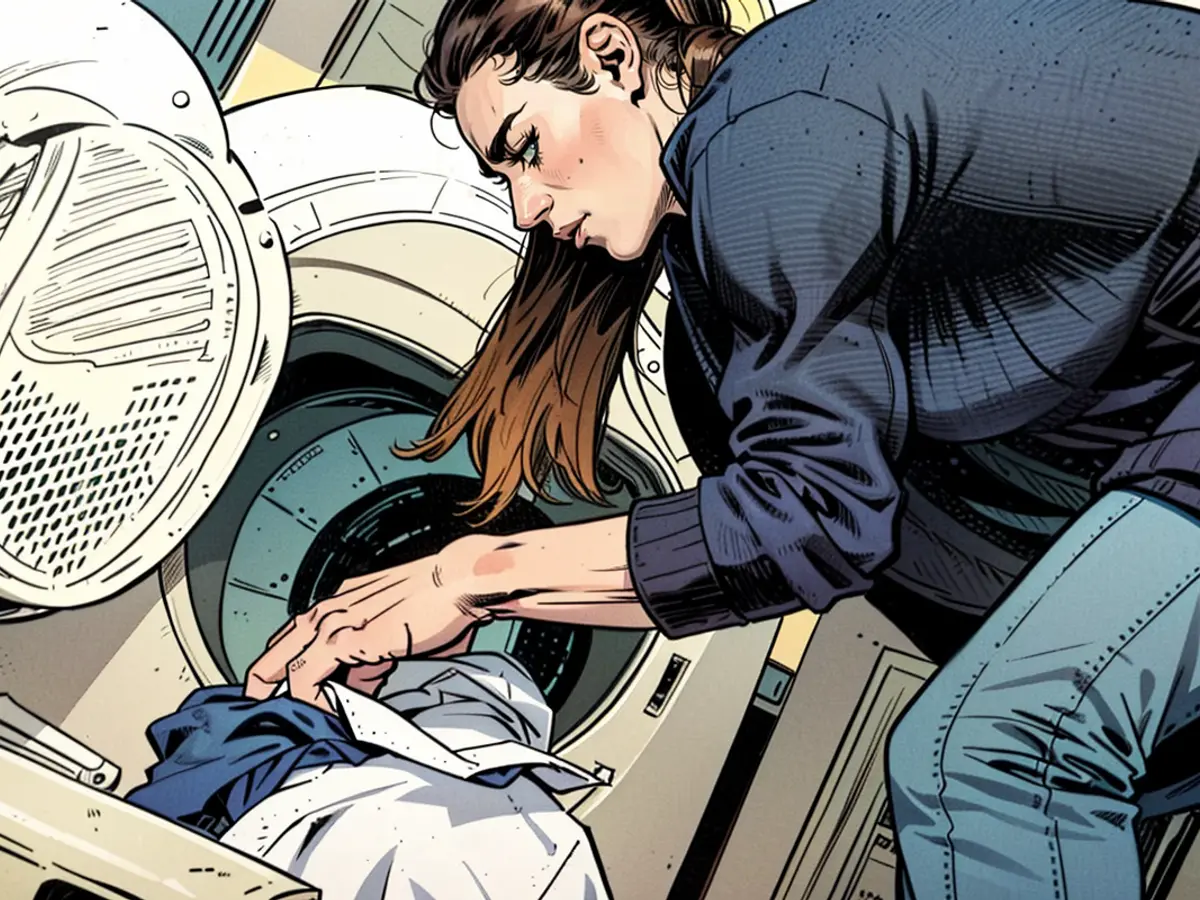Pricey Washer-Dryer Units: Do They Truly Outperform Less Costly Models?
Ideally, laundry should be free of wrinkles and completely dry prior to being hung in the closet. A dryer can aid in this process, but not all appliances perform efficiently. A study uncovered this fact.
Naturally, air-drying is swifter and economical in outdoor wind and sunlight, even during winter months, it's more cost-effective to hang laundry within the apartment using a clothesline as opposed to using a dryer, as indicated by Stiftung Warentest. However, if you're not keen on air-drying or lack the necessary space, there are reliable dryer options to choose from, as per the investigation.
Stiftung Warentest recently put 11 heat pump condensing dryers, priced between 370 and 1070 euros, to the test in the "cotton closet dry", "cotton ironing damp", and "care light closet dry" programs. The result: six devices were rated "good", and five were deemed "satisfactory". However, quality comes at a price.
For instance, the test winner from AEG (model TR9T75680) retails for a relatively high 1030 euros, making it the second most expensive dryer in the test. Nevertheless, the testers consider it a new standard for laundry dryers, as it delivers "dried laundry without wrinkles" swiftly and with minimal energy consumption.
The second-place contender, Miele's TWC 560 WP model, dries nearly as effectively – but at a cost of 1070 euros, it's the most expensive in the test. The cheapest "good" dryers currently available cost around 700 euros.
Comfort has its price
The economical dryers in the test tend to be louder and less comfortable than their more expensive counterparts. The testers fault difficult-to-adjust leveling feet, unreliable buttons, and devices that underestimate the remaining time limit.
Not all dryers in the test performed optimally at their primary duty – drying. Two inexpensive dryers could not produce "closet-dry" cotton with a full load. One left delicate fabrics damp, and another removed too much water in the "ironing-damp" program. Less water would have been more suitable for subsequent ironing.
There are also significant differences in energy consumption. Over a ten-year span, catering to a four-person household and processing around 10,000 kilograms of dried laundry, the electricity costs range from approximately 798 euros for a satisfactory and reasonably-priced dryer, to around 564 euros for the second-place Miele machine. The test winner boasts the second-lowest energy consumption over the ten-year period, with electricity costs of approximately 566 euros. However, the devices would have to run every other day to achieve this.
Properly spin laundry prior to drying
You can save energy during the drying process by performing one additional step during the washing process – namely, spin your laundry thoroughly before activating the dryer. According to the testers, the more water the washing machine extracts from the laundry, the less energy the dryer requires. Additionally, it expedites the drying process.
Bonus tip: Seven "excellent" washing machines from the previous year's test offered by Warentest still remain on the market – and in some instances, have declined in price by over 100 euros in the last twelve months. The least expensive option here: Otto Hanseatic's HWT8A2GT, available for 400 euros.
The Foundation for the Test of Goods, known as Stiftung Warentest in Germany, conducted a study on heat pump condensing dryers and found six to be rated 'good' and five 'satisfactory'. Utilizing an efficient dryer, such as these tested by Stiftung Warentest, can ensure laundry is dried without wrinkles, saving time and energy compared to air-drying.







